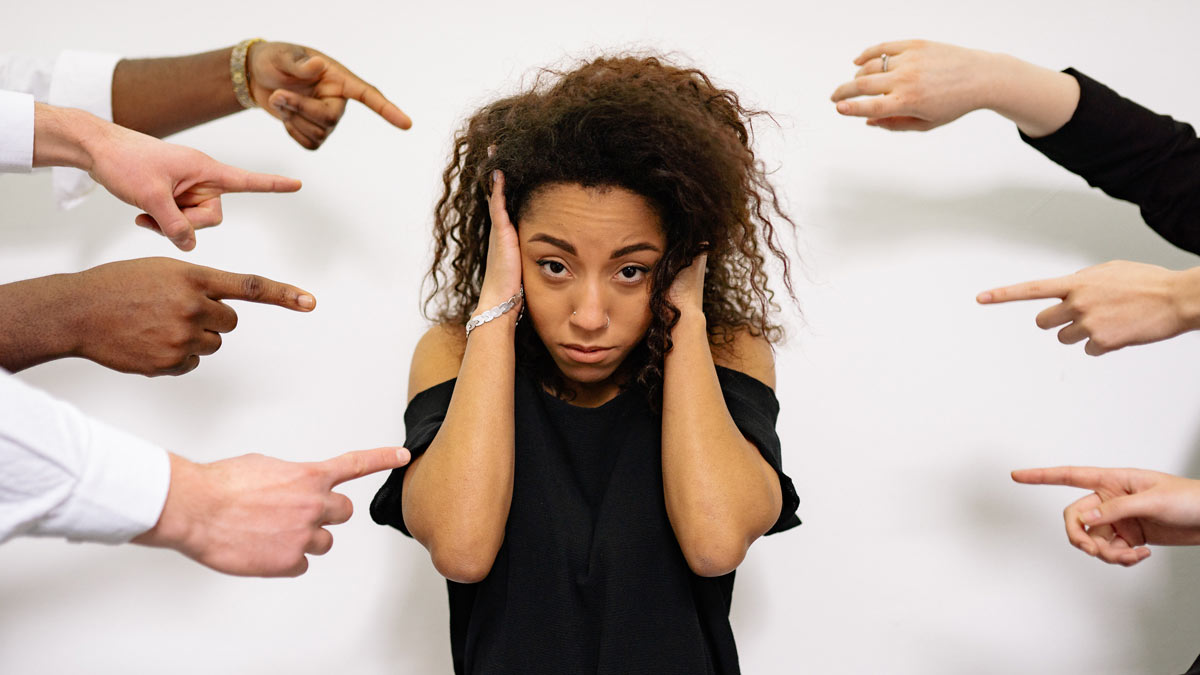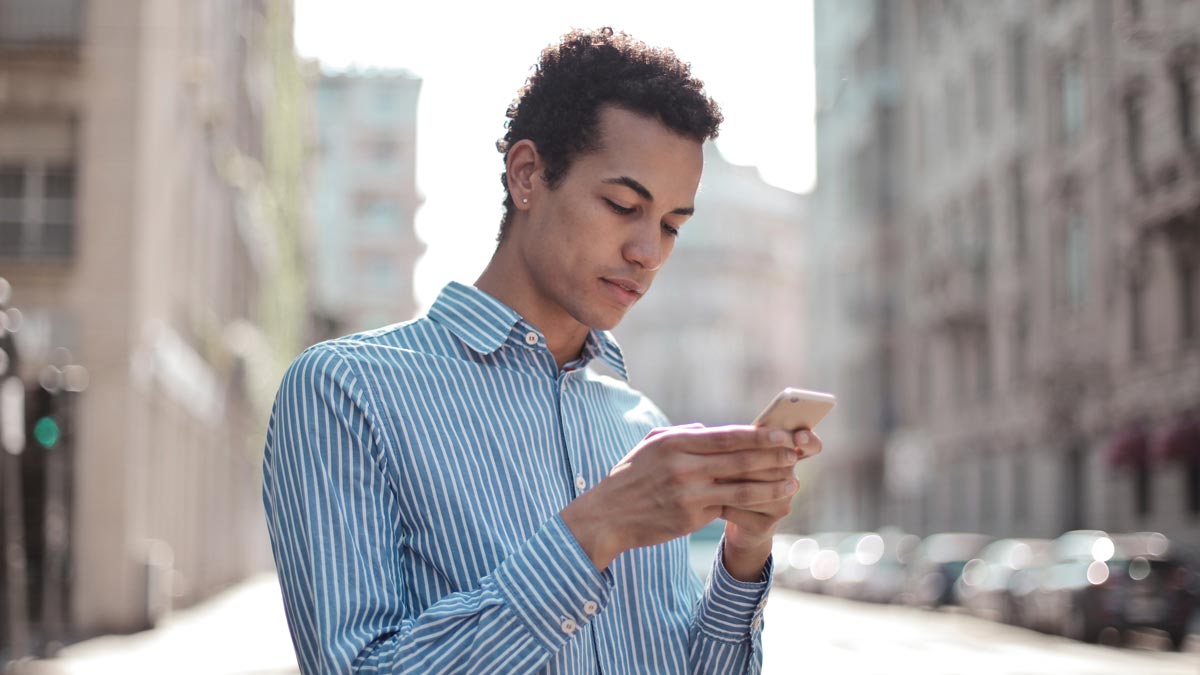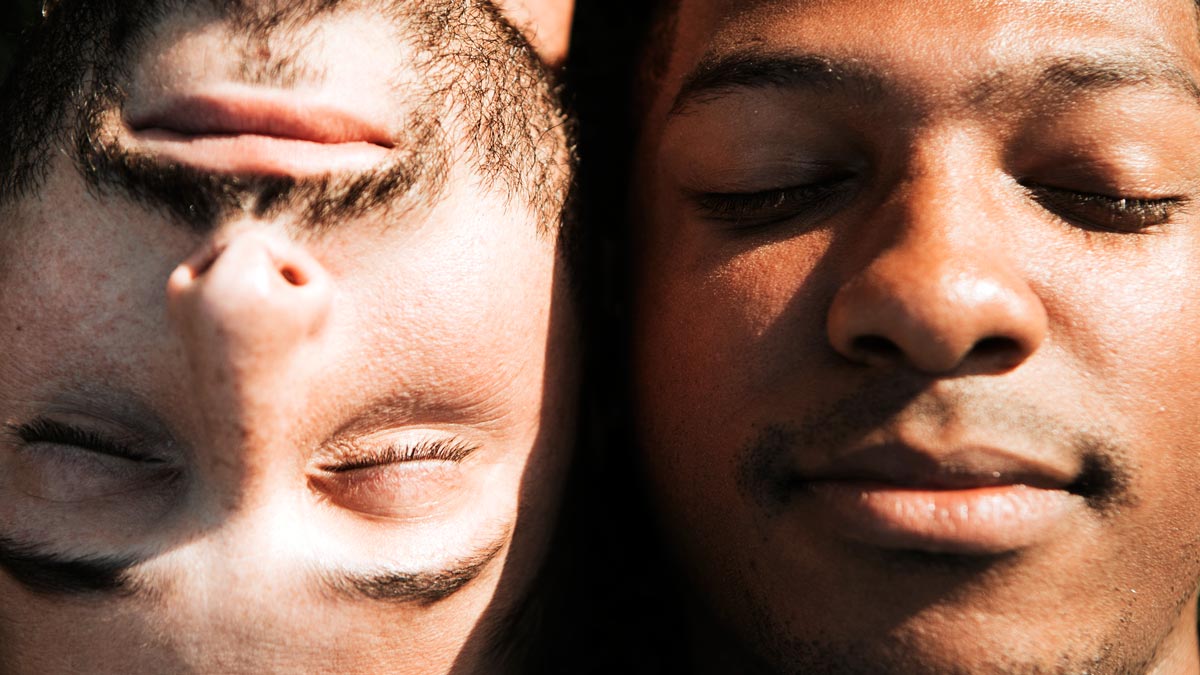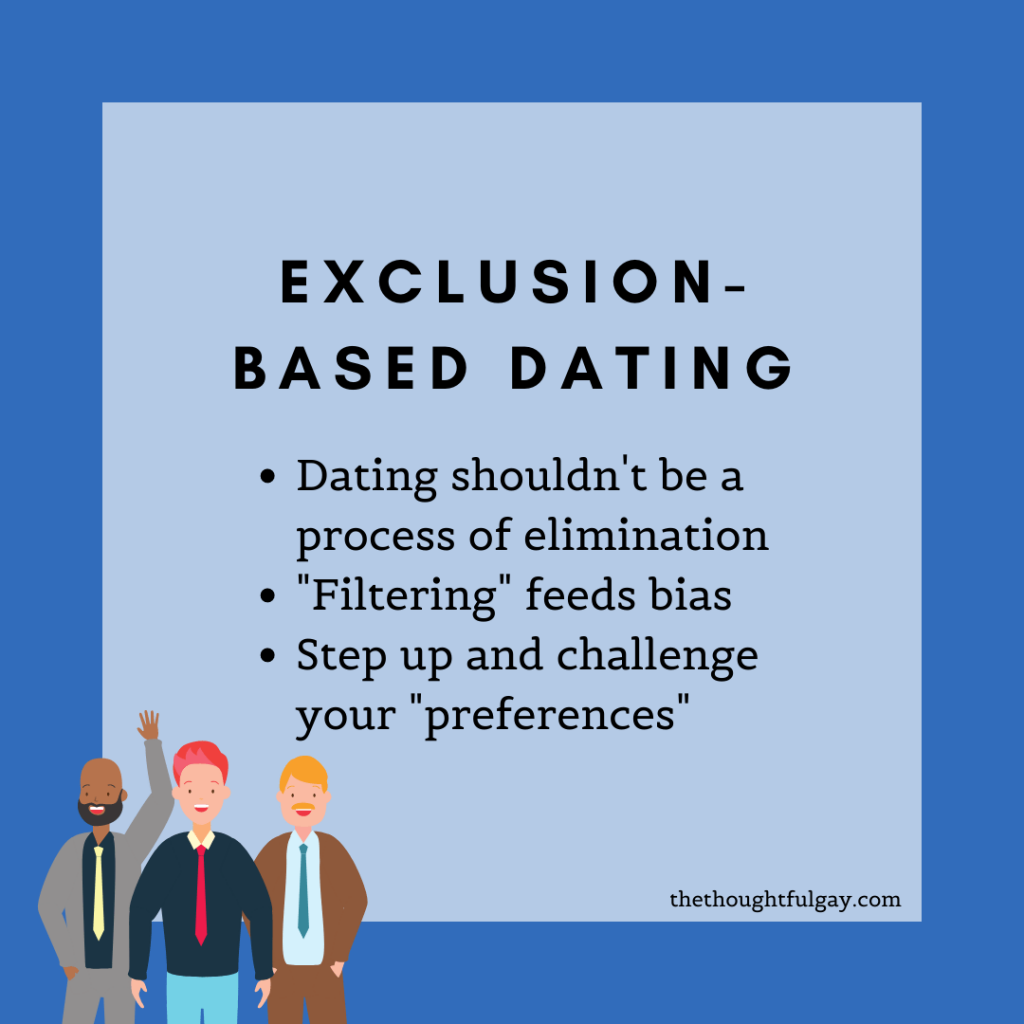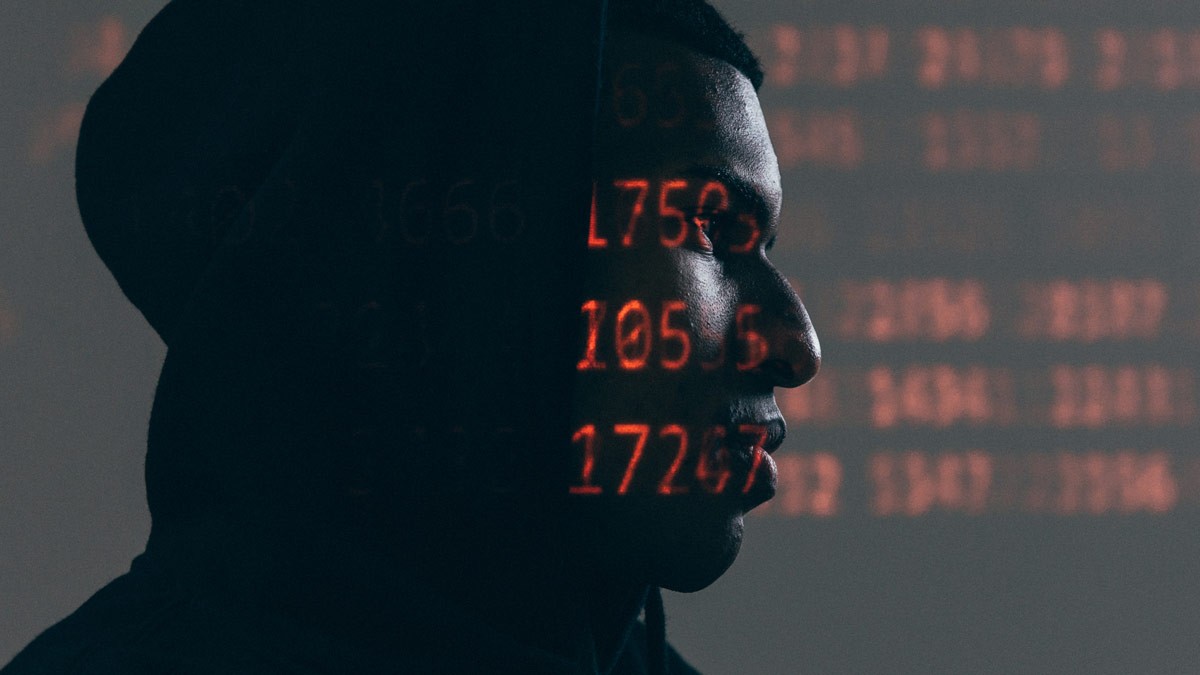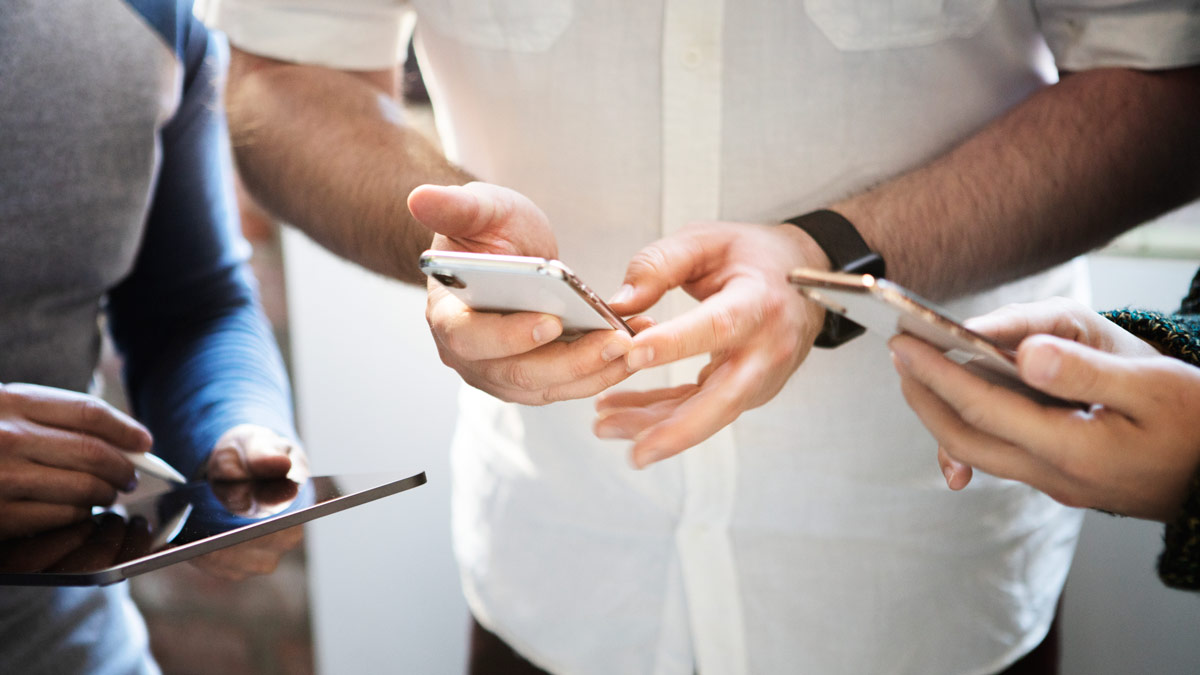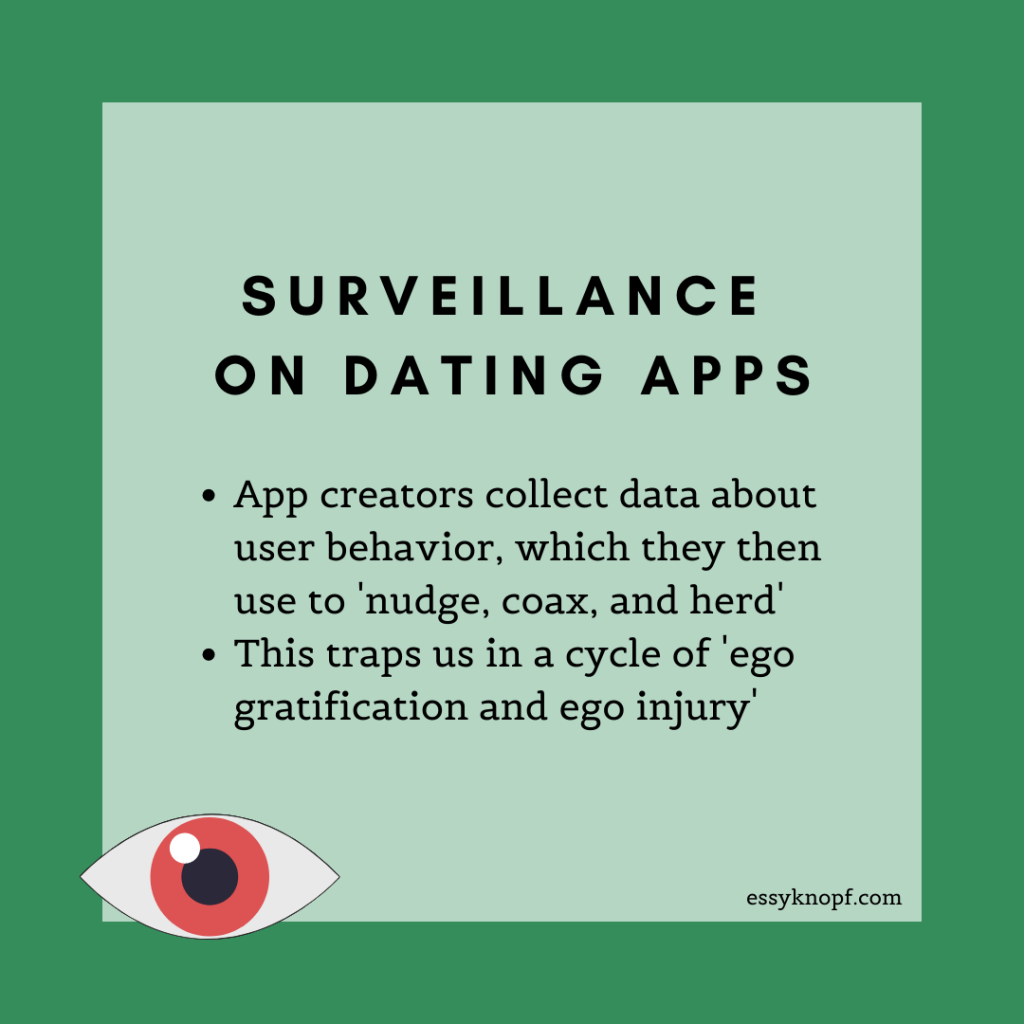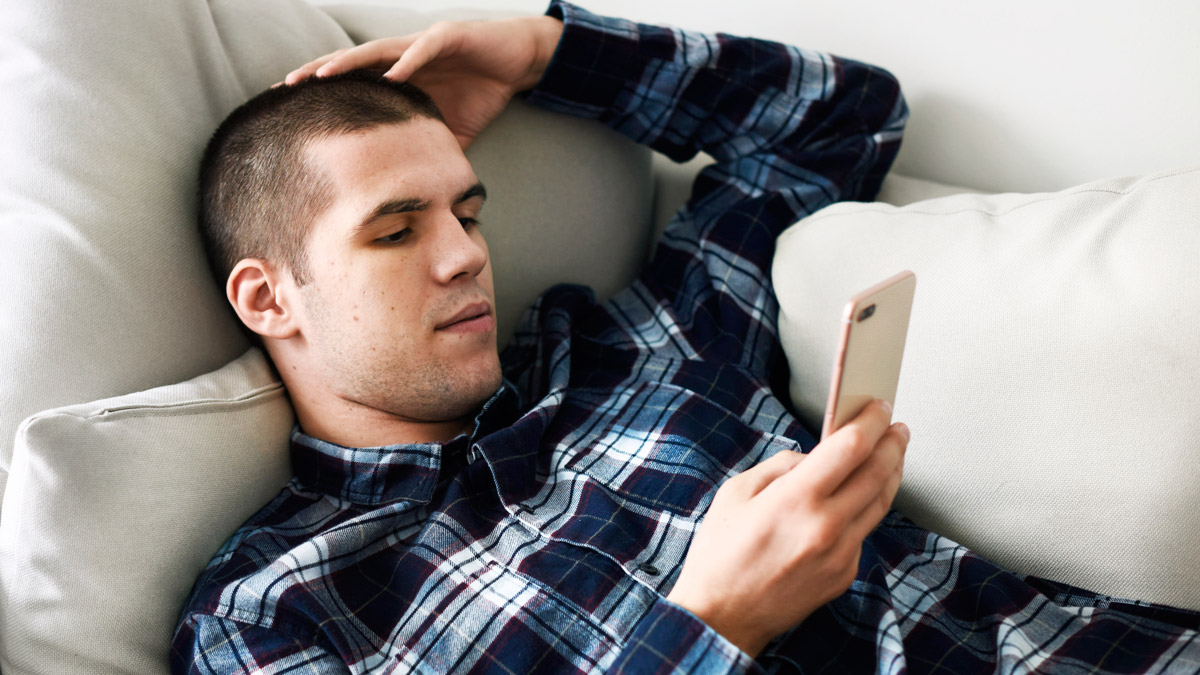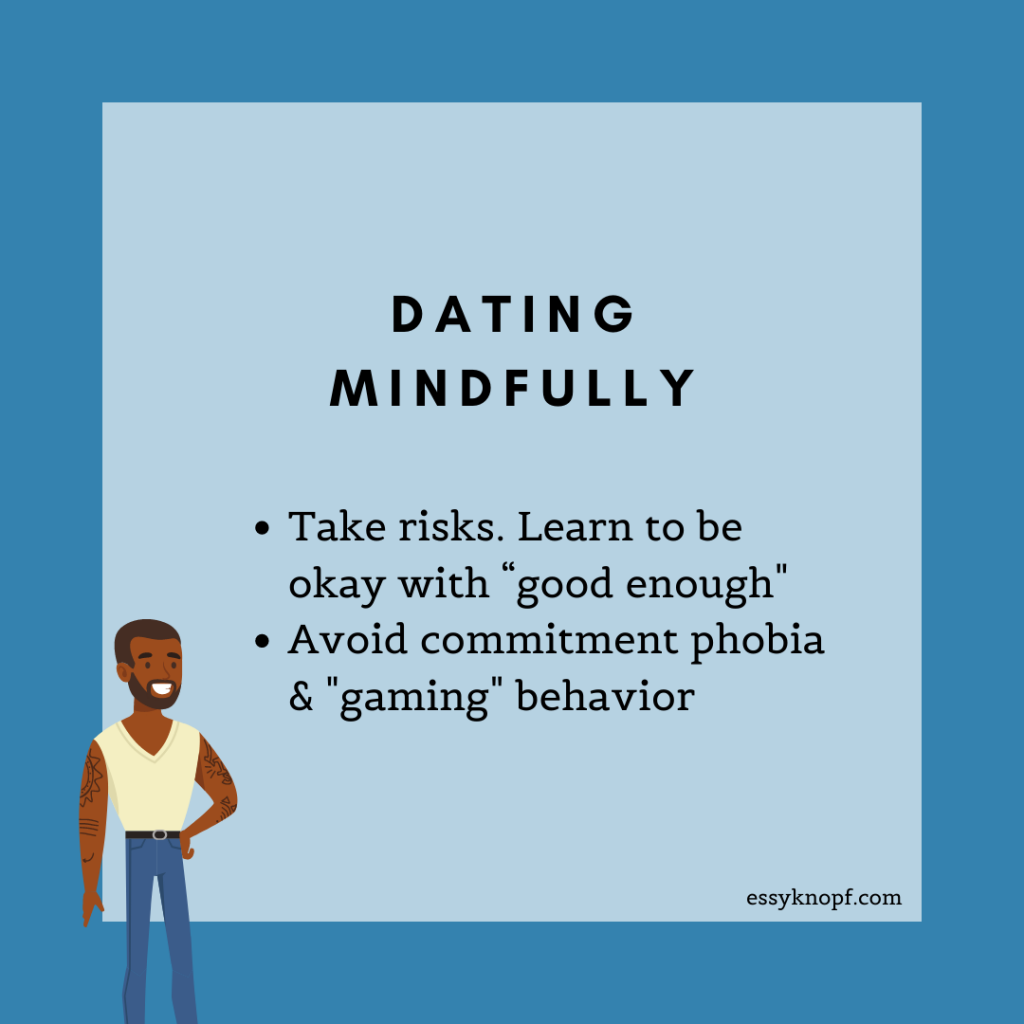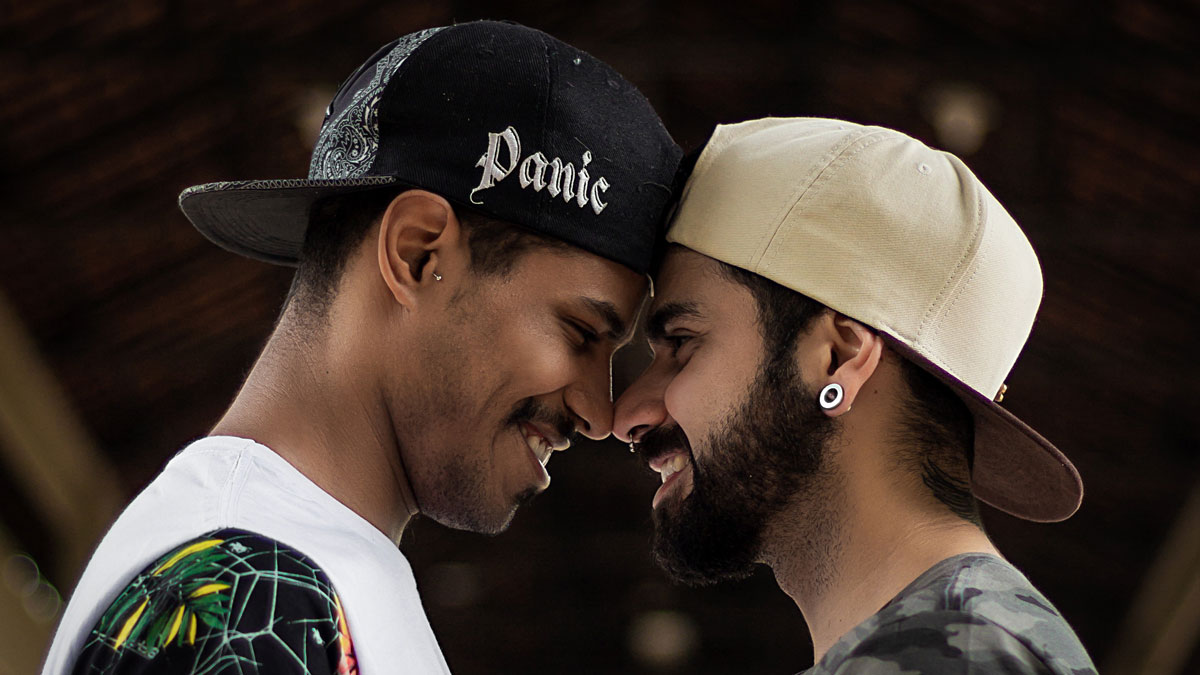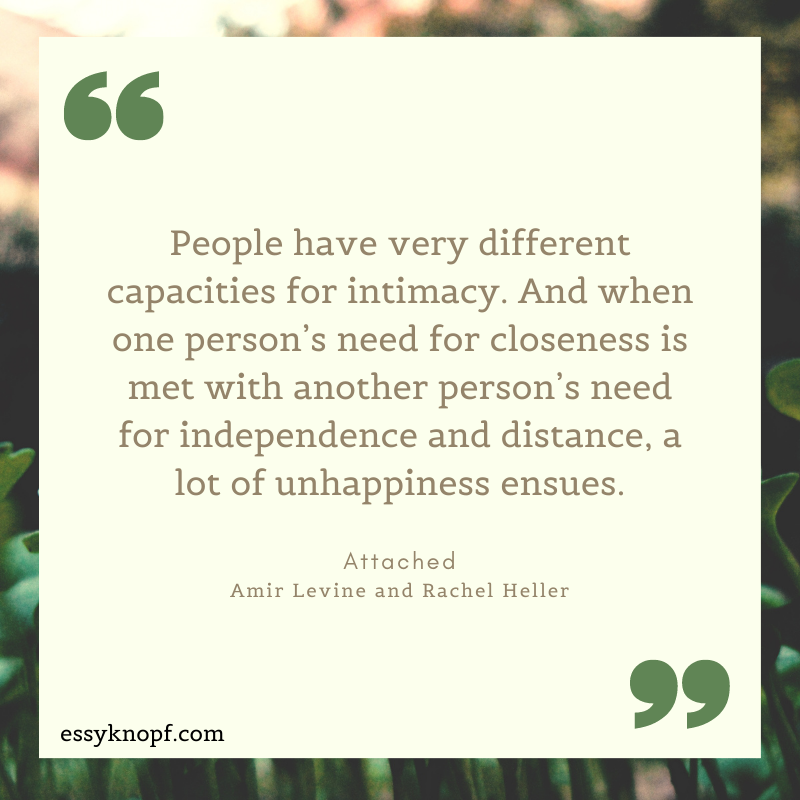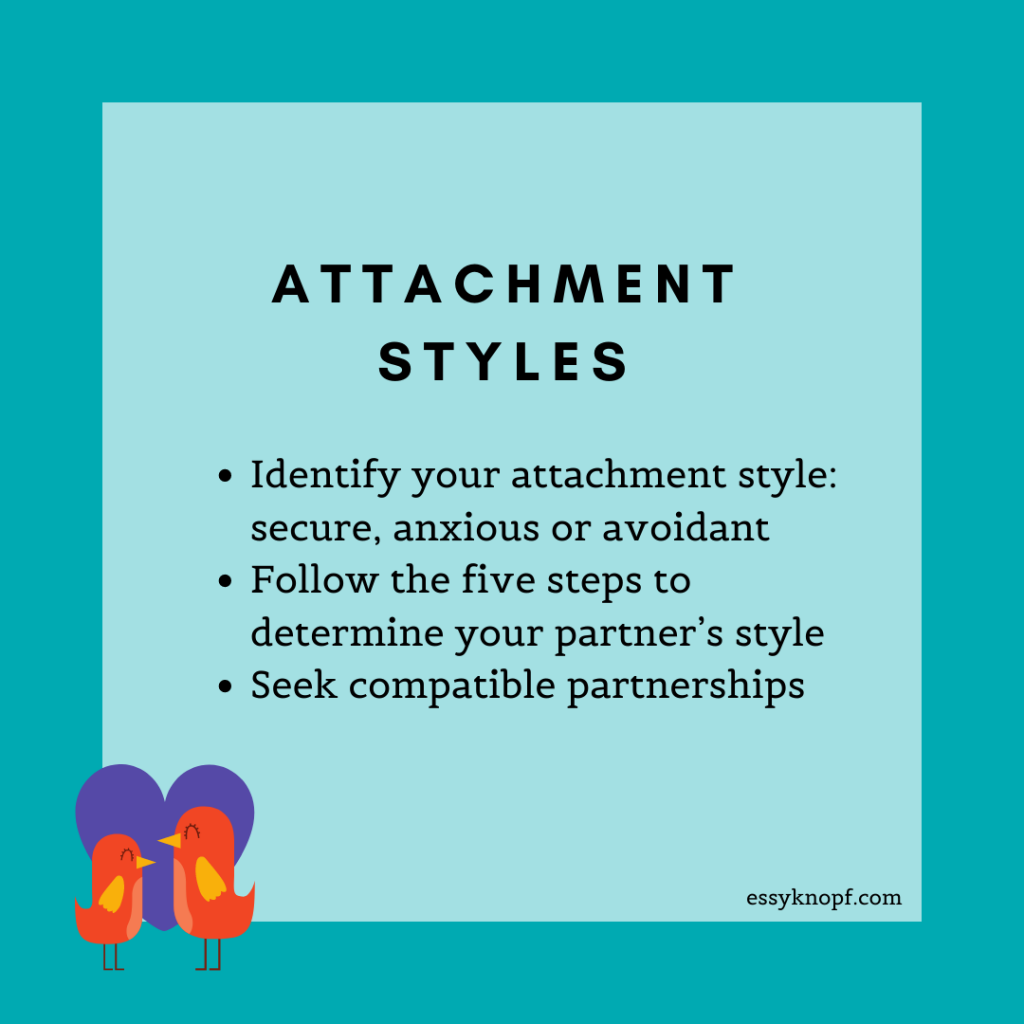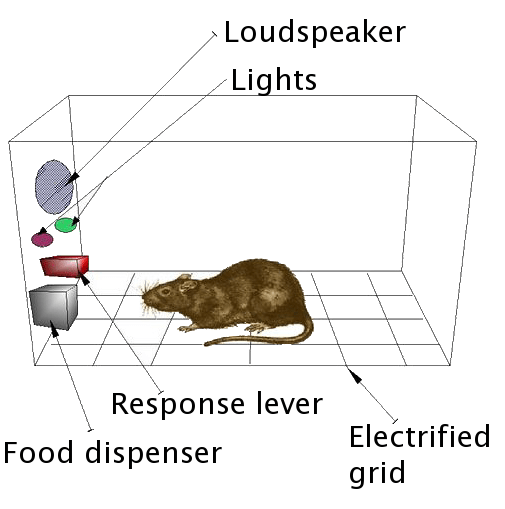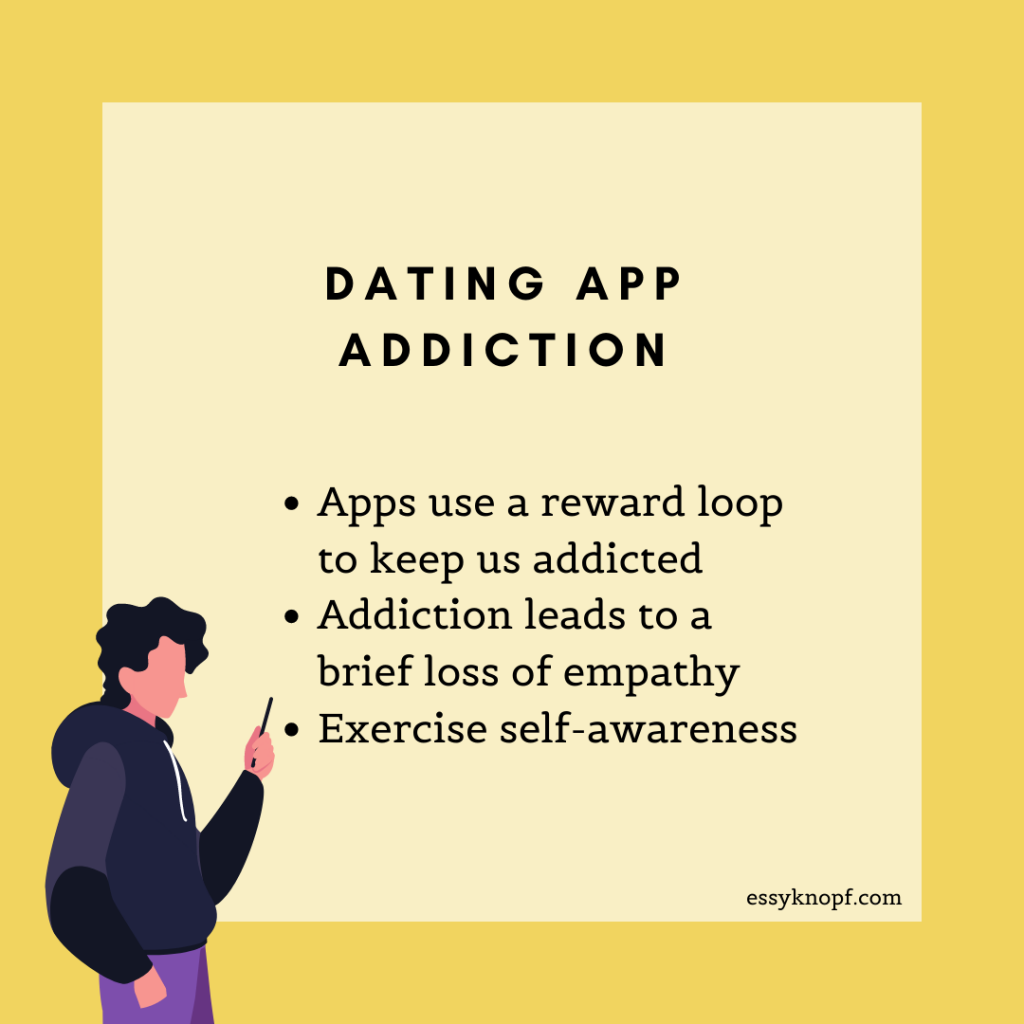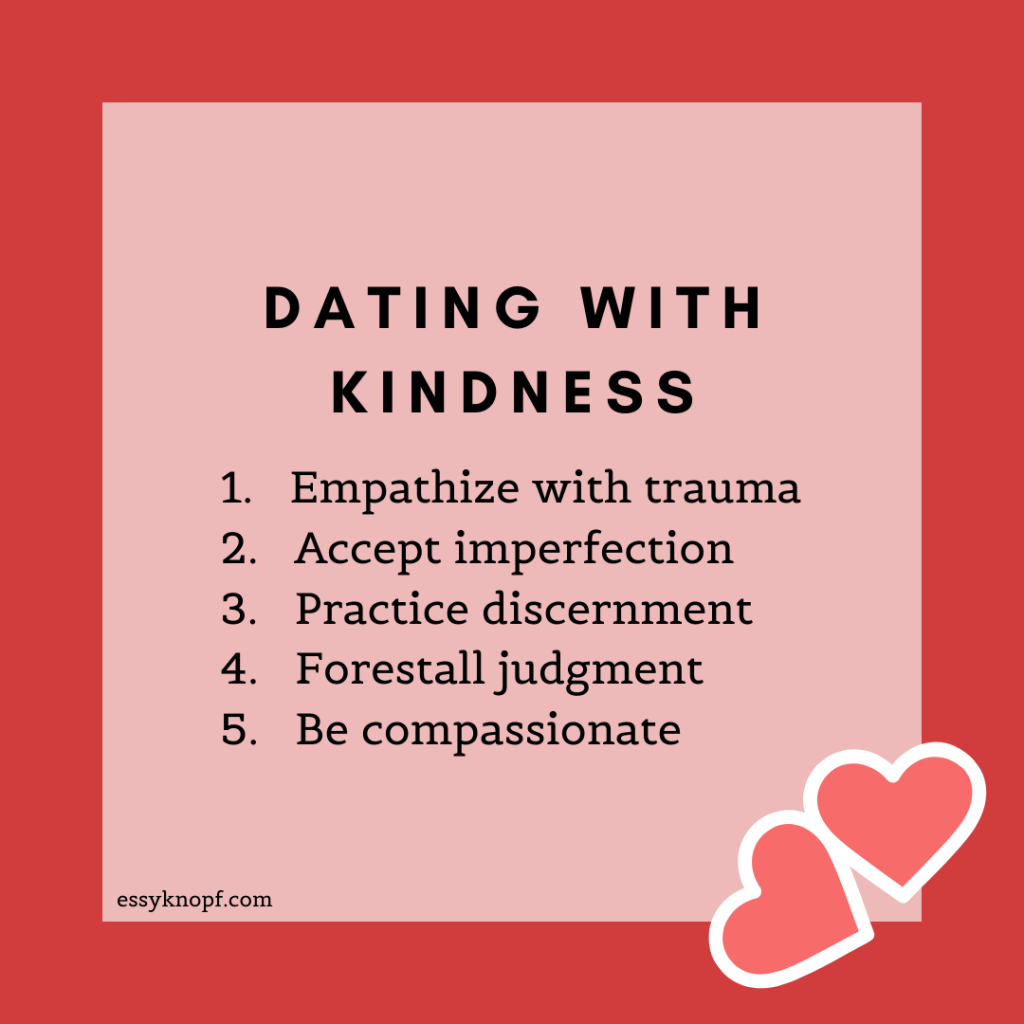Why modulating, not masking is key to neurodivergent social success
Achieving social success as a neurodiverse (ND) person isn’t necessarily about mastering certain skills. At its essence, it’s about bridging the neurodiverse-neurotypical (NT) communication divide.
This divide stems from the fact that NTs often demand that NDs observe and conform to social norms. Some even demonstrate ableist privilege by painting ND approaches to communication as somehow lacking or inferior.
Rather than treating difference as a source of enrichment, they reject and punish NDs. This attitude stems from a deficit-based approach, which involves focusing on the apparent shortcomings of NDs rather than our strengths.
A strengths-based approach acknowledges that many NDs are endowed with unique qualities that can actually help us shine in many social contexts.
Autistic social strengths
Here’s one example of unique ND strengths. Autistics are widely recognized to be hyper-systemizers, interested in learning and mastering the complexities of our world. Marrying this thinking with one of our “special interests” can actually make us super interesting conversation partners.
For example, our extensive knowledge of these topics and our enhanced powers of analysis allow us to discuss topics in great detail. Many of us are exceedingly eloquent, sporting rich vocabularies and speaking with surprising exactitude.
We autistics are renowned for being truth-tellers and straight shooters who are compulsively honest about our thoughts and feelings. We bring an authenticity to our interactions that many NTs find refreshing. (Assuming we don’t feel compelled by society to mask.)
Autistics can challenge social conventions in other positive ways. For example, we prefer not to speak in subtext. We don’t infuse our communication with secret meanings, so as to avoid confusion or misunderstanding.
We also inherently trust others, taking them at face value and believing their stated intentions rather than ascribing hidden motives.
Social challenges
But there are some downsides to operating outside of the bounds of social convention.
Many NDs know what it’s like to unwittingly say something that is insensitive, inappropriate—or outright offensive—only to receive a swift rebuke from an NT.
In such instances, many NTs will condemn our behavior and even shun our company. These reactions can leave NDs feeling misunderstood, attacked, excluded, and abandoned.
Realizing that we may not always be treated with grace, we remain perpetually on guard, ears pricked in anticipation of criticism.
In some cases, we may even go on the defensive, thus deepening the relational rupture.
In others, we shut down and withdraw. When a world of pain can be just one interaction away, it is easier to absent oneself, internalize others’ criticisms, and self-stigmatize.
An overprotective reaction makes sense—at least initially. But what starts as adaptive quickly becomes maladaptive, at least when it comes to achieving autistic social success.
Socially shapeshifting, or “masking” in order to present a version of ourselves that is more acceptable to NTs means stymying spontaneity, swallowing our emotions, and stuffing our authentic selves out of view.
Worse still, when we withdraw, we deprive ourselves of opportunities to build and refine our social skills. And it prevents others from getting to know our true selves.
Ruptures happen
What’s important to recognize here is that misunderstanding and conflict play out in all relationships, whether NTs or NDs are involved.
Years ago, a friend offered to make some tea for me. As he didn’t have a kettle or a stovetop, he proposed microwaving my water instead.
While my friend saw this as a convenient solution, something about the idea of blasting water with microwave particles rubbed me the wrong way. So I expressed my discomfort, suggesting we skip making the tea altogether.
Rather than listening and respecting my request, my friend decided he would try to persuade me to agree. Drawing upon his background in physics, he explained in great detail the mechanics behind the microwave.
When I again declined his offer, however, my friend grew angry, telling me I was just “choosing to be stupid”. But what he failed to understand was that my initial refusal was rooted in fear and anxiety.
The breakdown in our communication began when my friend decided the remedy for this fear and anxiety was logic. When logic didn’t work, he concluded that I was stubborn and illogical.
As an autistic, I have often resorted to logic instead of empathy. This is of course not to say we are wholly incapable of it, an incorrect charge that has been leveled against autistics in the past.
But what strikes me most about this story now is that while I was hurt by my friend’s allegation, I understood where he was coming from. As our minds functioned in similar ways, I inferred (correctly, I believe) the source of his frustration, but also his ultimately good intentions.
Had I been NT however, the case might have been quite different. Rather than absorbing my friend’s words in thoughtful silence, I might have lashed out at him or stormed out of his apartment.
The double empathy problem
Previously, it was believed that autistic individuals suffered from “mindblindness”, the inability to understand others’ thoughts, emotions, and intentions.
Researchers believed “mindblindness” impaired autistics’ social cognition, resulting in behaviors that are potentially inappropriate, insensitive, or offensive to NTs, and inhibiting autistic social success.
They now acknowledge however that the reality is much more complex; that mindblindness may in fact be a mutual phenomenon, what is referred to as the double empathy problem.
This concept acknowledges that both autistics and neurotypicals experience mindblindness when it comes to reading one another correctly. It goes a long way to explaining the source of the struggle many autistics—and ADHDers—face in social contexts.
And it demonstrates that the difficulty people experience communicating across the NT/ND divide is mutual. Neither NDs nor NTs bear full responsibility for misunderstandings.
It follows, therefore, that the onus is on both parties to do what they can to bridge this divide.
Modulating, not masking to create ND social success
In a series of subsequent posts, I will discuss a range of ND behaviors I myself have exhibited.
I acknowledge these behaviors have on occasion been a source of misunderstanding and conflict during social interactions with NTs. But I want to stress that my focus here is not problematizing ND behaviors, but rather problem-solving the resulting communication breakdowns.
For this reason, I will refer to these behaviors as “challenges”, while presenting some “alternatives” that fellow autistics may consider engaging in, as they see fit.
These alternatives represent hard-won lessons from many years of personal struggle. They are not concerned with “masking” one’s autistic identity or interests; their focus instead is “modulating” one’s conduct.
Modulation—that is, selective and strategic presentation of the self—is a practice all individuals engage in during everyday interactions. Modulating helps to win the acceptance of others while bolstering an atmosphere of mutual understanding and respect and preserving social order.
In my experience, NTs have an easier time modulating than we do as NDs, given our unique neurology. But I’m a firm believer that with enough observation and practice, we can match—and even exceed—our NT peers in this regard.
Essy Knopf is a therapist who likes to explore what it means to be neurodivergent and queer. Subscribe to get all new posts sent directly to your inbox.



